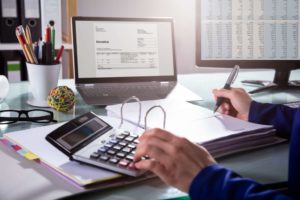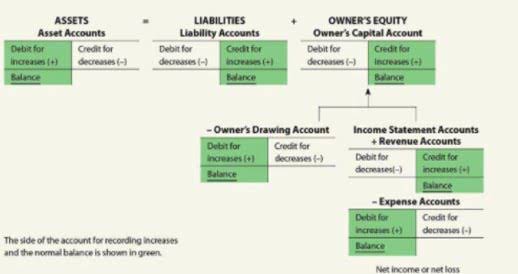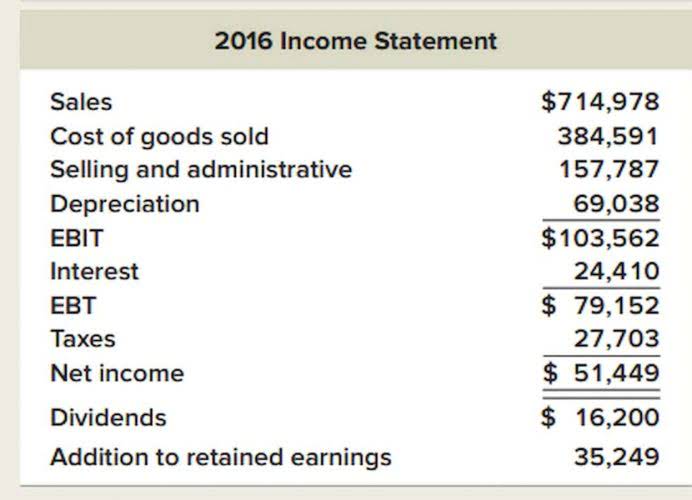
However, due to the declaration of dividends, the company creates an obligation for itself to pay its shareholders. The main source of finance for companies, especially small-size companies and startups, is equity finance. Equity finance consists of finance that companies raise through their shareholders.

What is dividend yield and how is it calculated?
With the share price near 459p, the forward-looking yield for 2025 at just above a chunky-looking 5.5%. The fund provides a fixed annual return of 12%, payable quarterly, over a 2-year period starting April 2024 and ending April 2026. The note is secured by collateral with an estimated value of $71M, with an anticipated loan-to-value ratio of 14%. In April, the company affirmed its fiscal full-year organic sales growth guidance of 4% to 5%.
TSX Dividend Stocks to Own for TFSA Passive Income

As a result, both cash and retained earnings are reduced by $250,000 leaving $750,000 remaining in retained earnings. Both Enbridge and Emera are massive cash cows with essential operations, making them ideal dividend stocks that return cash to investors quarterly. Determining how much capital you need to invest in the stock market to earn $500 of dividends every month or $6,000 of dividends per year depends heavily on the average yield of your portfolio. There are no guarantees of a positive investment outcome for shareholders.
Dividends: Definition in Stocks and How Payments Work
For instance, when the company in the above example pays its shareholders dividends of $10,000, it must use the following accounting treatment to record the transaction. Companies adopt a constant dividend policy when they want to pay a percentage of their profits as dividends for every period. A constant dividend policy can have its advantages and disadvantages. First of all, this dividend policy allows shareholders to benefit from increasing profits of a company, thus, allowing them to earn higher in times of increasing profits. However, they may also be at a disadvantage as it also means they may earn lower or, sometimes, nothing when the profits of the company are declining. A constant dividend policy creates volatile returns for shareholders.
- If a company issues a 5% stock dividend, it would increase its number of outstanding shares by 5%, or one share for every 20 shares owned.
- Get stock recommendations, portfolio guidance, and more from The Motley Fool’s premium services.
- Funds are generally available on the day the payment file is received, up to 2 days earlier than the scheduled payment date.
- At CNBC Select, our mission is to provide our readers with high-quality service journalism and comprehensive consumer advice so they can make informed decisions with their money.
- Similarly, when interest rates are low, investors may re-allocate their funds from interest-bearing assets into more productive dividend-paying stocks.
- There are various types of dividends a company can pay to its shareholders.
- If you buy and sell stock through a broker, dividend payments are almost always deposited directly into your brokerage account.
- The dividends that a company pays out are recorded and presented in its financial statements in two different steps.
- As the firm struggles to fill the executive suite, there’s really no reason to suggest this will change anytime soon.
- Preferred and common stock, as well as different classes of stock, typically earn varying dividends or none at all.
If you buy and sell stock through a broker, dividend payments are almost always deposited directly into your brokerage account. Otherwise, a check in the amount of the dividend payment is mailed to you on the payment date. Some companies with solid histories of paying dividends have established quarterly dividend payment dates. For example, IBM usually pays its dividends on the 10th of March, June, September, and December. For accounting purposes, dividends are a reduction in the retained earnings or profits of a company. Quarterly is the most common frequency of payment, but a company can also choose to pay monthly, semi-annually, or annually.
- For example, if shares sell for $10 each and pay a $0.20 annual dividend, then the dividend yield is 2%.
- Then, all holders of the stock (by the ex-date) will be paid accordingly on the upcoming payment date.
- The shares of a company give its shareholders the ownership of the company for the proportion of shares they hold.
- If you require any personal advice or recommendations, please speak to an independent qualified financial adviser.
- The third consideration is that it was paying a decent return of 4.44%.
- Generally, a payout ratio that’s under 50% shows that a company can reward its shareholders and still have room to invest in growth initiatives.
How a Stock Dividend Works

Dividends can alternatively be “special,” meaning that they are a one-time payment that won’t repeat (or won’t repeat at the same amount), but more often dividends are paid on a schedule. With nowhere left to open new stores and a production rate that more than meets demand, Walmart uses some of its excess cash to pay dividends as a reward to its many investors. Primarily, dividends are paid when a company is earning a significant income and has no reasonable use for the funds remaining after paying other dues. Property Dividends – dividends paid out as shares of a subsidiary firm or actual assets such as real estate, inventory, or anything tangible. The corporation’s dividend value is based on the fair market value of the underlying asset.
How to calculate dividend payout ratio
- Companies use many different methods to calculate the dividend they want to pay to their shareholders.
- For information pertaining to the registration status of 11 Financial, please contact the state securities regulators for those states in which 11 Financial maintains a registration filing.
- As you can see above, ACP has turned a profit over the last five years on a total NAV return basis, but just 7.5%.
- Also, if you own the dividend-paying stock or fund in a tax-advantaged account, you can defer taxes on any dividends received.
- Issuing share dividends lowers the price of the stock, at least in the short term.
- A journal entry for a small stock dividend transfers the market value of the issued shares from retained earnings to paid-in capital.
Meanwhile, $8.489 billion in Occidental preferred stock yielding 8% should provide another $679.1 million. There are ways to avoid paying taxes on dividends right away or avoid paying them at all. For example, a dividend that is marked the dividends account is as a return of capital is not taxed until the shareholder sells the underlying investment. A return of capital means the company is returning part of your original investment, rather than paying out earnings on that investment.
The Payout Ratio: Why It Matters
Dividend payout ratio is the proportion of a company’s earnings that is used to pay dividends to investors. For example, if a company earns an estimated $1 per share and pays the same $0.20 per share, then the payout ratio is 20%. A well-laid out financial model will typically have an assumptions section where any return of capital decisions are contained. The dividend yield is a ratio that can help investors judge the value of investing in a particular stock. It shows how much you earn through dividend payouts each year for every dollar invested in a stock, a mutual fund, or an ETF.
However, most companies reward their shareholders through dividends. Dividends represent the distribution of the company’s profits to a class of its shareholders. Usually, the board of directors approves a company’s dividends that it must pay to its shareholders. However, the shareholders of the company must also approve of the dividends before the company pays them. For the shareholders, dividends represent a type of reward, mostly in cash, that the company pays them for their investment. However, it is important to remember that not all companies pay dividends.
